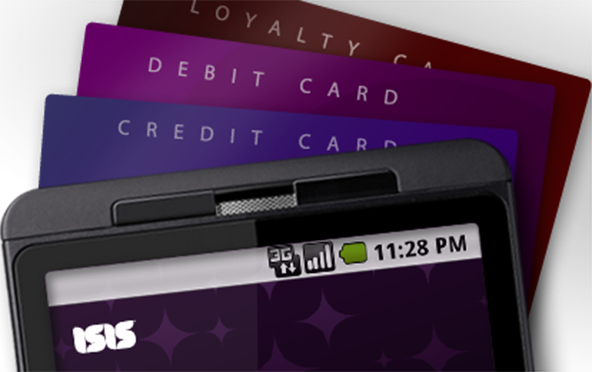Basic Facts about Merchant Account Reserves

Every now and then we will get a call from a merchant who will be asking us about our reserve policy even before they ask us about our pricing. This is quite unusual, even when you take into account the fact that our rates are listed on our website. Merchants typically want to make sure, just in case. Moreover, many of them already have some notion about reserves even before they call us and that notion is often wrong.
In this article I will explain what a merchant account reserves is, how it works and who it applies to.
What Is a Merchant Account Reserve?
Reserve is a proportion of the merchant’s monthly revenues from bank card transactions that the acquiring bank holds in a non-interest bearing escrow account as protection against possible future loss from chargebacks and other sources. It is important to understand that, even though the acquirer controls the money held in reserve, it belongs to the merchant who gets it back at the end of the reserve period, typically six months to a year.
The reserve’s actual amount and the duration for which it will be held are determined during the application process and vary based on the risk exposure calculated by the acquirer.
Reserves may also be imposed after a merchant account has been set up and the exact mechanism on when and how this can happen will be spelled out in the merchant processing agreement.
Who Is Required to Provide a Reserve?
Reserves are typically imposed on high-risk merchants, along with other requirements lower-risk businesses do not have to worry about. Prime examples for businesses that would be required to agree to a reserve are travel agencies, timeshare resellers, diet programs, online dating services, telephone prepaid card sales, etc.
There are other factors that may be taken into account by the acquirer, including:
- Large-ticket sales.
- High processing volume.
- Bad personal credit history of the business owner.
You need to understand, however, that unqualified businesses will not be allowed to accept credit cards, with or without a reserve. So online gambling businesses, lotteries, escort services, internet tobacco sales, credit repair agencies, etc. will have a very hard time finding a U.S. acquirer to work with them, even with a reserve.
How Do Merchant Account Reserves Work?
When setting out the terms of the reserve agreement, the acquirer first determines the amount needed to cover the calculated risk exposure and then the percentage of the monthly sales they would need to withhold, in order to reach this amount within a certain period (the standard is 180 days). Then the merchant’s performance is reviewed and the acquirer decides on whether or not the reserve amount should be returned to the merchant or held for an extended period.
In the case of a rolling reserve, once the pre-determined amount is reached, the following happens. On the next month, the first month’s reserve amount is released to the merchant. Then on the following month the merchant receives the second month’s reserve amount and so on until there is no longer a reserve.
The Credit Card Processing Takeaway
Each processor has its own underwriting policy and it is a good idea that you request several merchant account proposals and carefully review their reserve terms and conditions. Keep in mind, however, that the person you will initially speak with will not be from the acquirer’s underwriting department and may not be familiar with their reserve policies. So ask specific questions. If you feel that the sales person cannot provide you the information you need, ask them to get answers from their underwriting department.
Then, before you decide on which proposal to accept, take into account all other available information, including processing rates and fees, quality of customer service, transaction reporting capabilities, chargeback and risk management tools, fraud prevention services, etc.
Image credit: Merchantpaymentgateway.blogspot.com.



Is there a youtube link for this?